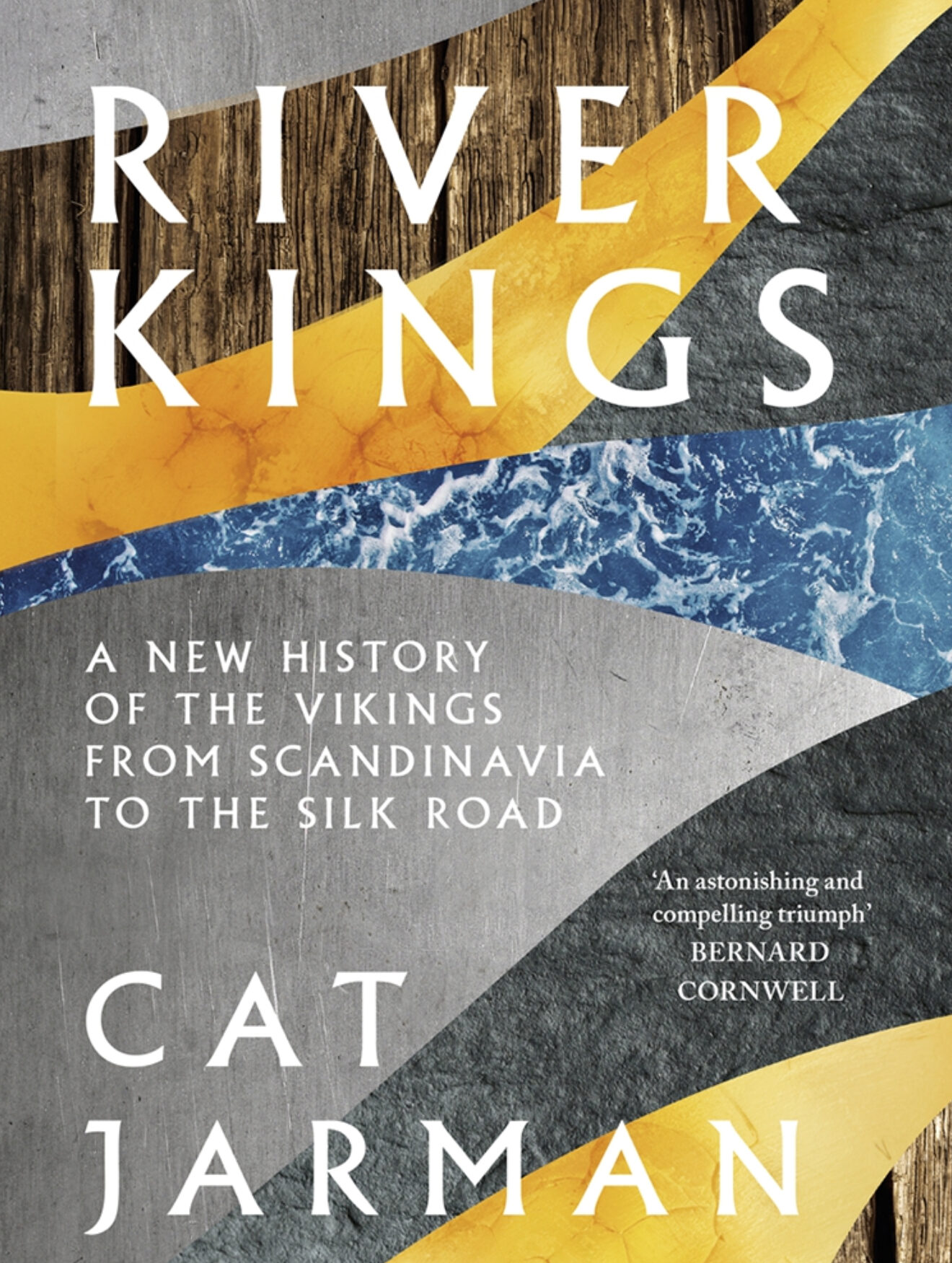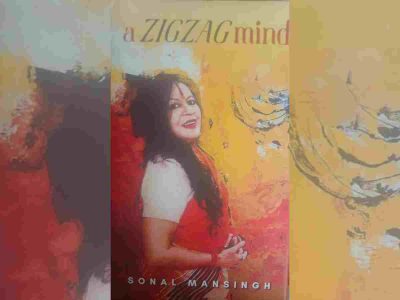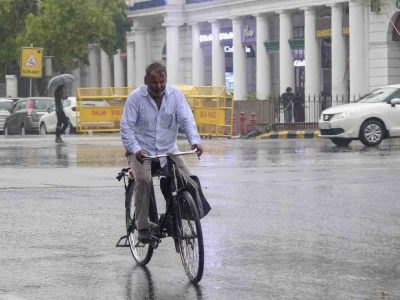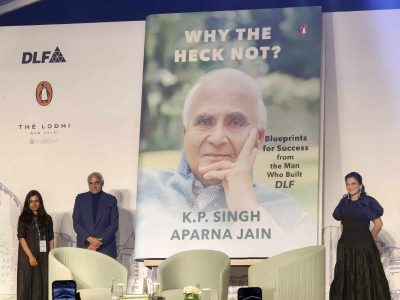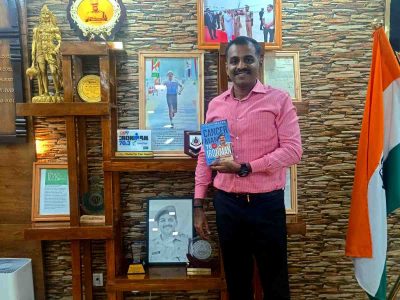Norway-born author and researcher Cat Jarman is an archaeologist specialising in bio-archaeology. She directs excavations at numerous sites in England and Ukraine. Her book River Kings: The Vikings from Scandinavia to the Silk Roads covers a time span from 21st century England to eighth century Baghdad and Gujarat, proving that the Norse warriors had established complex trade networks and travelled much further than originally believed
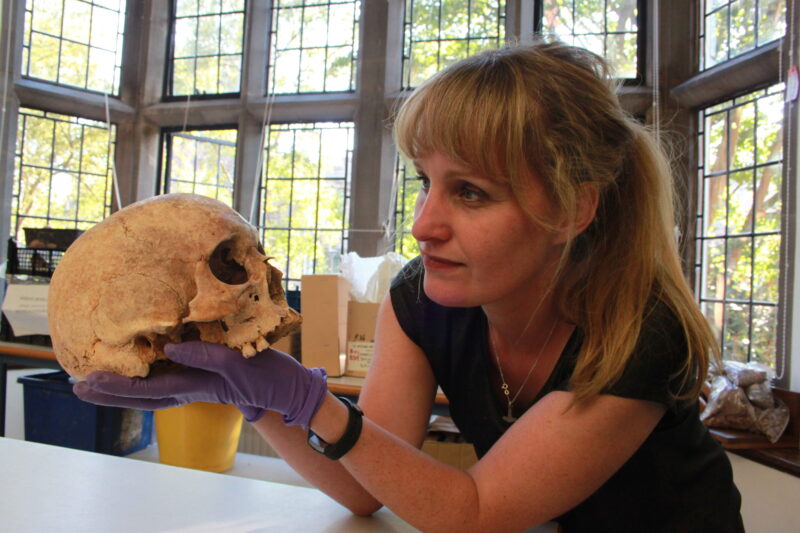
Credit: Dr Cat Jarman
Excerpts
Q1 Dr Jarman, tell us about your session about the history of Vikings at the 2022 Jaipur Literature Festival.
So, I was in conversation with the Jaipur Literature Festival co-director William Dalrymple wherein I talked about my innovative approach to the reassessment and writing about the history of Vikings. I did my PhD on this Repton site in England which is a very traditional Vikings story. When we talk about Vikings, with whom you might be familiar from TV shows, we are talking about the people who move out of Scandinavia i.e. Norway, Sweden and Denmark at the end of the eighth century.
So traditionally, it starts with a bang in 793 AD with an attack on an English monastery and goes on until about 1066 AD. These discussions are basically about people moving out from England, the very traditional raids and the narratives are very much of the people going westwards. Now, there is a big Eastern element to it as well but traditionally they are seen as very separate.
It’s worth mentioning here that we have studied the Viking Age for more than 100 years. It’s sort of old news but what’s happened in the last decade or two is especially because of the introduction of new scientific methods; there’s been a complete revolution in what we know about the Vikings.
Q2. So is this what got you started on the research that led to the book?
Well, after I finished my PhD, I wanted to write a book for the general public because I realised there’s so much interest in the Vikings but that there was already so much out there. We are talking about hundreds of books already published. So I had to have something new. Interestingly, I came across this particular bead which is about centimeter long. It’s made up of material carnelian. When I worked on the site nearly 10 years ago I came across this archive, this bead that was hidden away in a plastic box for nearly 40 years, completely unremarkable. But I started realising that this bead was actually made most likely in Gujarat in India and it ended up in this mass grave in England in the ninth century AD.
Q3. Are you trying to say that the Vikings came to India?
It’s possible that some of them may have come to these trading sites, even as far as Baghdad or Gujarat. Maybe if we find a Viking grave in India we can perfectly establish that they did come to India. But, at this time, we are certain that the objects did travel. The big question for me was not just how it manages to travel from India in the ninth century all the way to England but also why was this trade happening and what were the mechanisms and networks? And does that actually suggest that these Eastern and Western links are much more developed than we previously thought?
Clearly. there’s much more to the story than what we had initially thought. And when you combine this with the fact that more objects of Scandinavian origin have been found in Eastern Europe than in Western Europe you can’t help but question the idea that the Viking story is very much of going to the West i.e. Britain, Ireland, etc. but actually you have far, far more objects in places like Russia, Ukraine, and so forth.
My book basically follows the journey that this bead would have traveled. So it starts up in Britain goes via Scandinavia and then back to the Eastern rivers and all the way down to Baghdad and then to India.
Q4. Tell us about some of your research methods.
Some of the new findings have been made through bio-archaeology which is what I do. It basically involves looking at human remains. We look at chemical signatures in teeth, things that tell us about where people grew up. So, we can trace where people grew up by looking at this. We employ forensic techniques like isotope analysis, carbon dating, and DNA analysis on human remains as part of the research.
Q5. According to the previously established findings, Vikings are mostly portrayed as barbarians, as opposed to say, the Anglo-Saxons. What does your research tell you about the world of Vikings?
That vision and idea of Vikings as very brutal, raiding and pillaging, causing damage all the time is a very common conception. That’s just one part of the Viking world and actually one small part. They weren’t necessarily more violent than the Anglo-Saxons. The Anglo-Saxons were pretty horrible as well. Now, in my book, I have looked at the Vikings’ trade, movements, connections to the East and more specifically to the Silk Roads and how they set up these trade networks that go down to Europe through the rivers, connecting to Byzantium, what we now call Istanbul, across to Baghdad and even stretching all the way to India.
The Viking phenomenon was basically all about taking advantage of the opportunities they could find and so sometimes they had to resort to violence, sometimes not.
Q6. How did the gender equation play out in Viking society? What was it like to be a Viking woman among all those warring men?
Actually, the new research is really changing what we know about Viking women. We used to think that the women just stayed at home and the men would go out and be the raiders who would travel to different countries. But a lot of the new research is now showing that the reality was very different. It’s showing that the women were very much a part of the movement outside Scandinavia, settling in places like England and Iceland and places like that and probably also to the East.
We also do know now that some did take part in warfare, some were essentially warriors. There is one example from Sweden. There’s a grave of a person buried with lots and lots of weapons who was always thought of this high status warrior. And then just a few years ago ancient DNA of this individual showed that it was a fighter female and not a man.
Also, some of the graves have women buried with weights alluding to the fact that they were traders. Some of the women enjoyed a lot of power in the society as evident from the graves with lots of buried wealth. I think it was still a patriarchal society but there were lots of opportunities for women to be an active part of the society as per the new research that has come across.
For more stories that cover the ongoings of Delhi NCR, follow us on:
Instagram: https://www.instagram.com/thepatriot_in/
Twitter: https://twitter.com/Patriot_Delhi
Facebook: https://www.facebook.com/Thepatriotnewsindia

